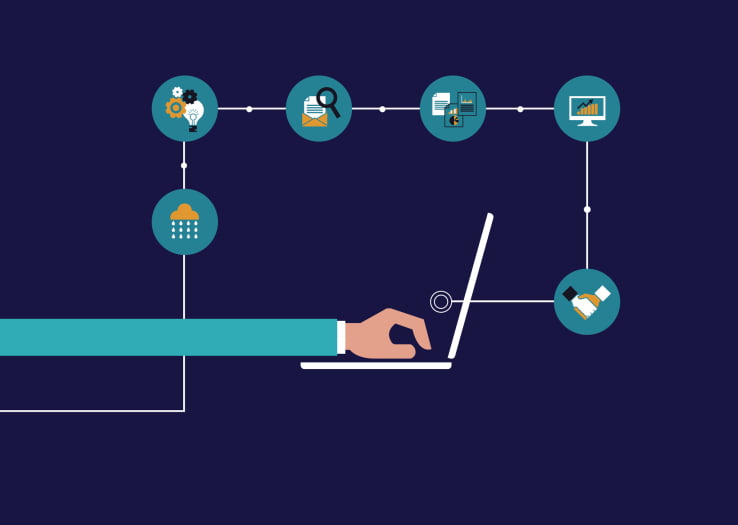

Oracle might not be the first company you think of when it comes to cloud computing, but the company has made significant strides in recent years. Today, it announced the bi-annual update to its Oracle Cloud Applications Suite.
This is update number 13 for those keeping score at home. The suite includes a range of enterprise software including ERP (think back-office management), HR and CRM/CX (for customer management). While there were a number of changes across the individual pieces, the entire suite got a fresh design.
The latest version certainly has a more modern look and feel, and that was the idea, says Steve Miranda, executive vice president of applications development at Oracle. Miranda says it’s a brand new experience compared to the previous version of the software. The company not only overhauled the design, it also wanted to improve workflows, working to take out unnecessary steps when possible.
What’s more, Oracle has turned to a responsive design approach, where the interface adjusts depending on screen size. It’s a marked improvement over the previous mobile experience, Miranda says, which used different colors and visualizations and a different navigation paradigm. He says previously they had some apps designed specifically for mobile, but some simply were presented in the browser, and didn’t always translate well to a smaller screen. Today’s update is designed to address that.

Photo: Oracle
As for the ERP piece, the company enhanced the supply chain software that enables companies to track supplies in a manufacturing process. In the CX customer cloud, the company is adding brand new functionality that has been designed to improve communication between sales and marketing, a challenge that seems to face just about every organization, and one which vendors are forever working to resolve.
As Oracle more fully embraces the cloud, it’s adding new functionality and expanding the product set whenever possible, and this update appears to reflect that. It’s worth noting that Miranda says the company still maintains an on-prem version of the suite, but the cloud version with the twice yearly updates is now the more popular. On-prem customers will have to wait to see these changes, as it tends to be on a much slower update cadence than the cloud.
[“Source-techcrunch”]

